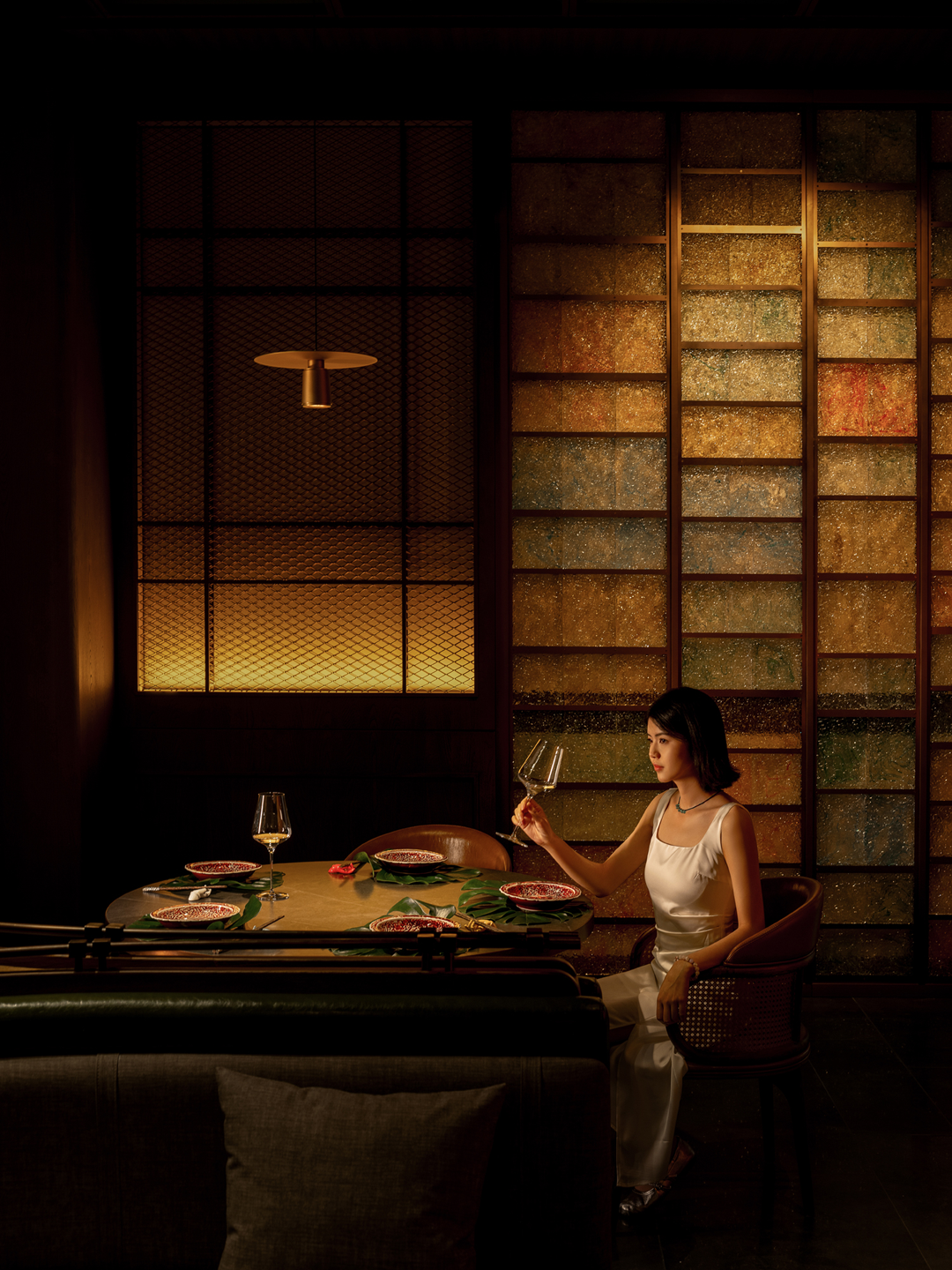Kenilworth House / Johnson Chou
2018-10-11 13:22
Architects: Johnson Chou Inc. Project: Kenilworth House Location: Toronto, Canada Photographer: Brenda Liu
建筑师:约翰逊公司项目:凯尼沃思之家地点:加拿大多伦多摄影师:刘布伦达
Located in the Beaches neighbourhood in Toronto’s East End, the original structure was a two-storey 1,250 SF (139m2) building renovated into a three-storey 1,950 SF (178m2) residence achieved by converting the existing attic space into a master bedroom with ensuite and adding a two-storey rear extension.
位于多伦多东部的海滩居民区,原来的建筑是一栋两层1250平方英尺(139平方米)的建筑,改建为三层1,950平方英尺(178平方米)的住宅,将现有的阁楼空间转换为一间带Ensuite的主卧室,再加上两层后延伸。
Built in the early 1900s, maintaining the integrity of the scale and form of the building, such as retaining the roofline and preserving, repairing the existing brick, was a priority from the start. Yet there was a desire to allow elements of the modernist aesthetic developed for the interior to percolate to the exterior. As the building is one of a series of nearly identical houses with similar details mirrored along the street, an opportunity arose to insert abstracted elements that juxtaposed and created a dialogue with the existing facades. The original 3 bedroom house had the main stair positioned perpendicular to the length of the house, effectively dividing the Kenilworth house into two front and rear. Further exacerbated by the profusion of tiny rooms and the relatively narrow width of the building, the house felt cramped and imparted a sense of claustrophobia.
在20世纪初建造,保持建筑的规模和形式的完整性,例如保留屋顶和保存,修复现有的砖,是开始的一个优先事项。然而,有一种希望允许为内部开发的现代主义美学元素渗透至外部。由于这座建筑是一系列几乎相同的房子之一,有类似的细节沿着这条街镜像,所以有机会插入并与现有立面进行对话的抽象元素。原来的3间卧室房子的主要楼梯与房子的长度垂直,把肯尼沃思的房子分成前后两个。由于微小的房间的融合和建筑的相对狭窄的宽度而进一步加剧了,房子显得狭窄,并赋予了幽闭恐惧症的感觉。
Our functional strategy was to demolish the interior of the existing building, eliminate all interior partitions on the ground floor; reposition the main stair parallel and against the side wall of the building; remove the exterior wall facing the backyard and replace it with a 15(4.5 m) deep 200 SF (23m2) two-storey addition. The intention is to have the two levels of the existing interior spaces overlook the double-height space of the newly created living-room, with it becoming the visual link and the notional hub of the residence.
我们的功能策略是拆除现有建筑的内部,消除底层的所有内部隔断;将主楼梯平行地与建筑侧壁并排;拆除后院的外墙,用15(4.5米)深的200 SF(23m2)两层加成来取代它。其目的是让现有的两个层次的室内空间俯瞰新建起居室的双高空间,使其成为住宅的视觉纽带和概念枢纽。
The design concept was two-fold: to perforate the volume of the building with openings to allow internal and long views directly to the exterior, creating the impression of a larger building; to develop a motif that redefines the existing building as a series of overlapping frames that function either as portals or an apparatus for viewing. As such the project is about creating volumes of flowing spaces in the horizontal and vertical dimensions, and the kinaesthetic experience of framed views from within and without.
设计理念有两方面:用开口将建筑物的体积打孔,使内部和长视野直接进入外部,给人留下更大建筑的印象;开发一个主题,将现有建筑重新定义为一系列重叠的框架,作为入口或观景器。因此,该项目是关于创造体积的流动空间,在水平和垂直的维度,以及动感体验框架的看法,从内部和外部。
The frame motif can be perceived, for example, at the front entrance screen, the main circulation stair and the rear glass facade. From the entrance one has a view over the family room and past the kitchen, dining and living rooms. Here, the solidity evoked by the front facade dematerialized to a veneer of glass where narrow, custom-fabricated mullions frame the aperture to create the illusion of being detached from the house – a window hovering in mid-air. An oversized pivoting glass door leading to the outdoor patio blurs the distinction between the interior and exterior spaces.
框架主题可以被感知,例如,在前面的入口屏幕,主循环楼梯和后面的玻璃正面。从入口处可以看到家庭房间和厨房、餐厅和客厅。在这里,前面的正面所唤起的坚实感被非物质化成玻璃贴面,在那里,狭窄的、定制的多层玻璃框架形成了与房子分离的错觉-一扇在半空中盘旋的窗户。一个超大的旋转玻璃门通向室外露台,模糊了室内和外部空间之间的区别。
The attic was transformed into the master bedroom and ensuite which are separated by frameless glass screens. The ceiling was flattened but the pitched-roof was maintained at the front to blend in with the adjacent buildings. The triangular-shaped attic window frames the freestanding tub, allowing for an uninterrupted view to the park beyond.
阁楼被改造成主卧室和套间,由无框玻璃屏风隔开。天花板被夷为平地,但是倾斜的屋顶保持在前面,与相邻的建筑物融为一体。三角形的阁楼窗户为独立的浴缸提供了框架,使人们可以不间断地看到远处的公园。
 举报
举报
别默默的看了,快登录帮我评论一下吧!:)
注册
登录
更多评论
相关文章
-

描边风设计中,最容易犯的8种问题分析
2018年走过了四分之一,LOGO设计趋势也清晰了LOGO设计
-

描边风设计中,最容易犯的8种问题分析
2018年走过了四分之一,LOGO设计趋势也清晰了LOGO设计
-

描边风设计中,最容易犯的8种问题分析
2018年走过了四分之一,LOGO设计趋势也清晰了LOGO设计
























































